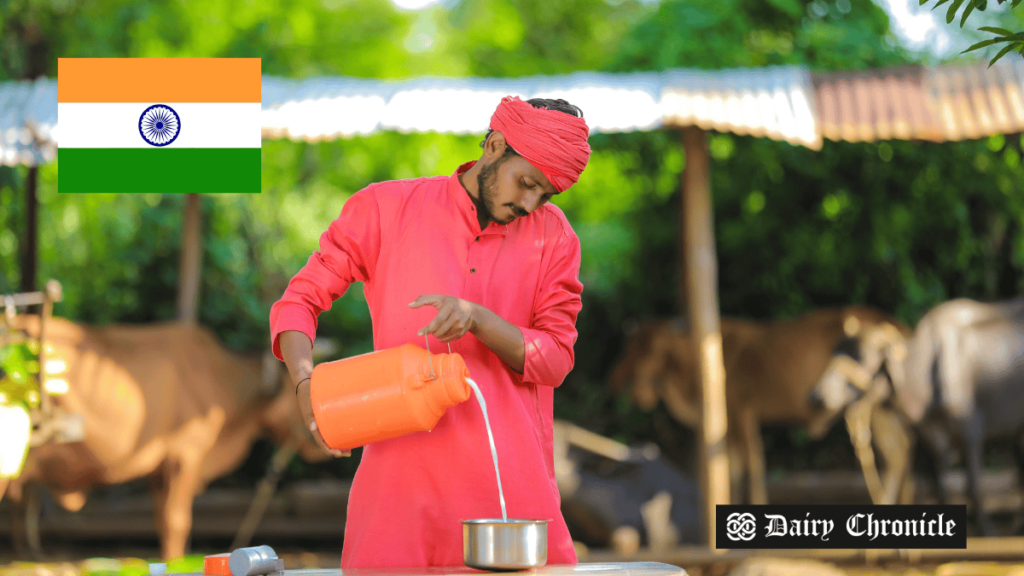The Department of Animal Husbandry and Dairying (DAHD), under the Government of India, has announced a strategic focus on strengthening dairy infrastructure and enhancing productivity rather than implementing price support schemes or subsidies for dairy farmers. DAHD, which oversees policies related to livestock, dairy, and fisheries, aims to drive sustainable growth in India’s dairy sector.
In a press release issued on March 12, 2025, DAHD clarified that milk procurement and sales prices are determined by cooperative and private dairies based on market conditions and production costs. The department does not regulate prices, allowing natural market dynamics to take precedence. Notably, around 70-80% of consumer payments are returned to milk producers in the cooperative dairy sector.
India’s dairy sector is a crucial part of its agricultural economy, contributing over 5% to the nation’s GDP. The value of milk output in the fiscal year 2022-23 exceeded ₹11.16 lakh crore ($134 billion), surpassing the total value of food grain production. The country has seen a 63.5% rise in milk production over the past decade, reaching 239 million tonnes in 2022-23 from 146 million tonnes in 2014.
Speaking in the Rajya Sabha, Fisheries, Animal Husbandry, and Dairying Minister Rajeev Ranjan Singh emphasized India’s leadership in global milk production and its significant per capita milk consumption of 471 grams per day. The dairy sector accounts for nearly 4% of India’s GDP and 25% of its total agricultural GDP.
To enhance dairy farming infrastructure and productivity, the Indian government is promoting several initiatives, including the National Programme for Dairy Development (NPDD), the Animal Husbandry Infrastructure Development Fund (AHIDF), and White Revolution 2.0. These programs aim to boost farmers’ incomes by improving productivity and expanding market access, reinforcing India’s position as the world’s largest milk producer.



